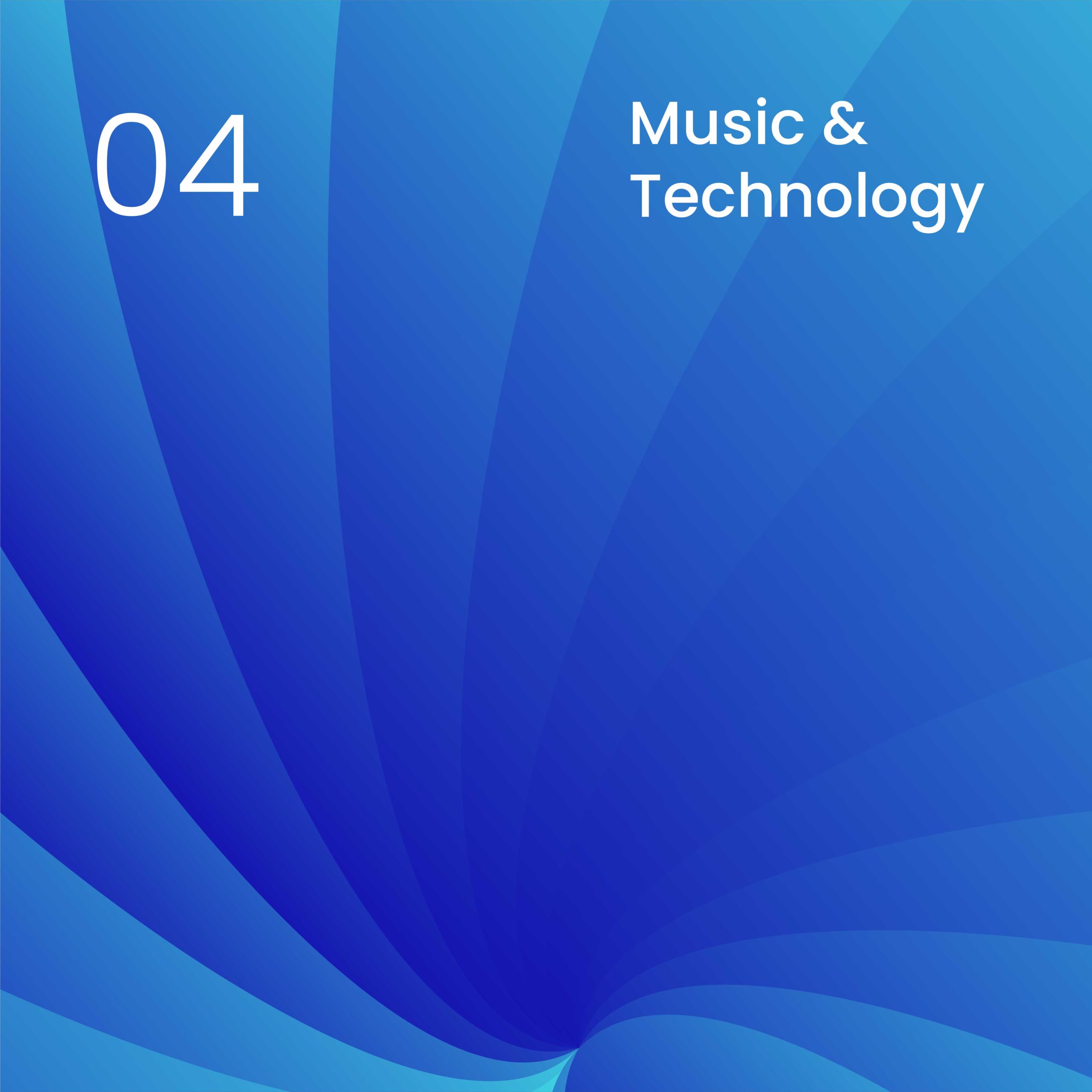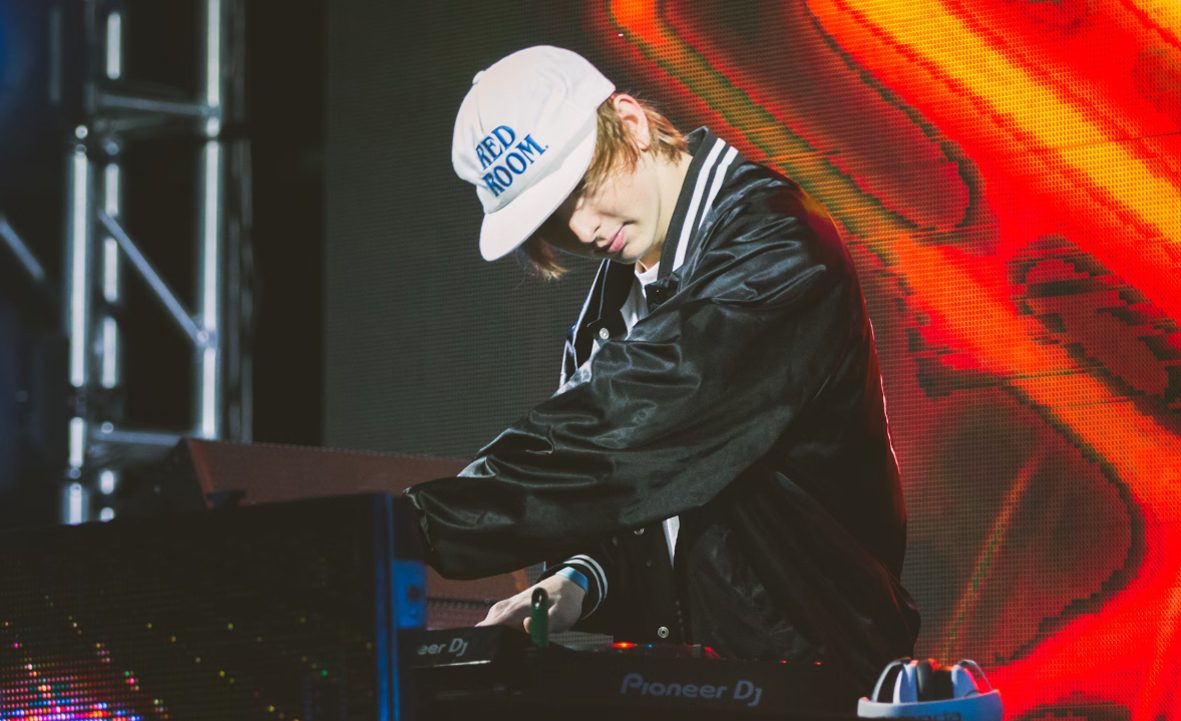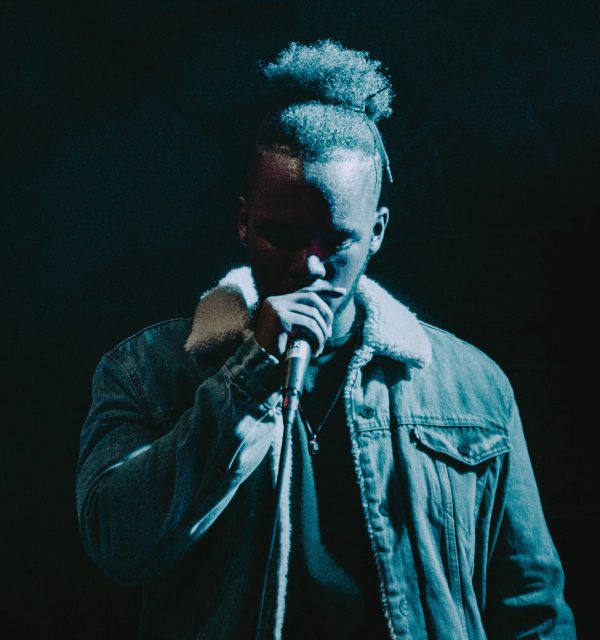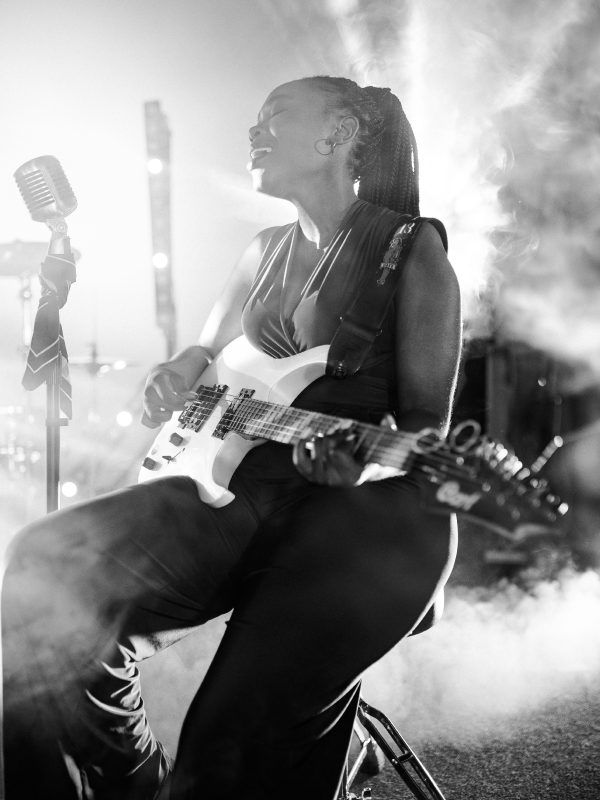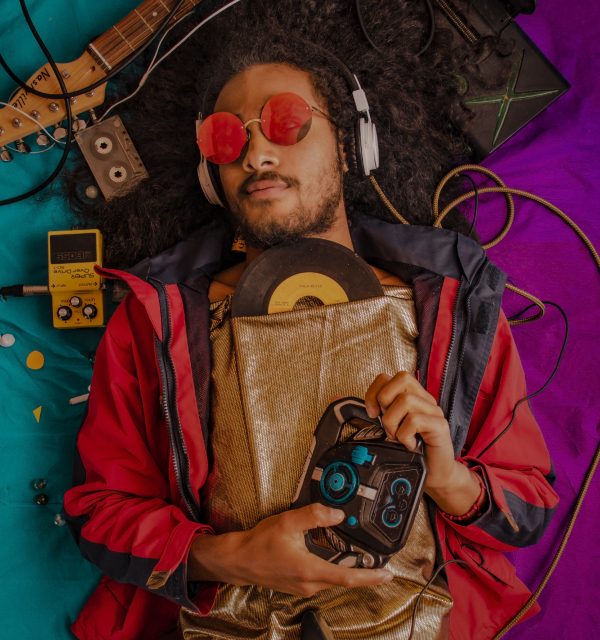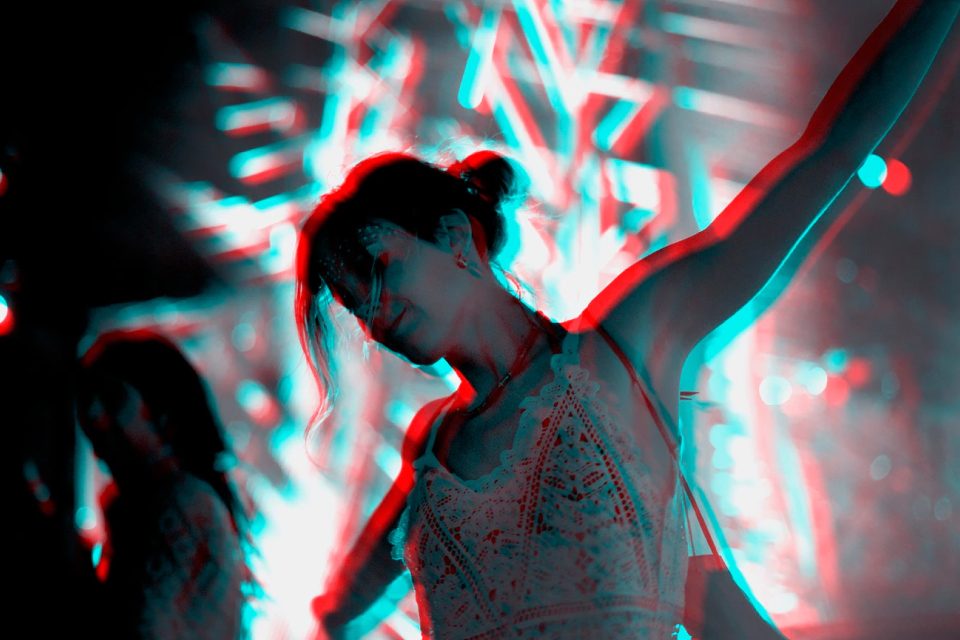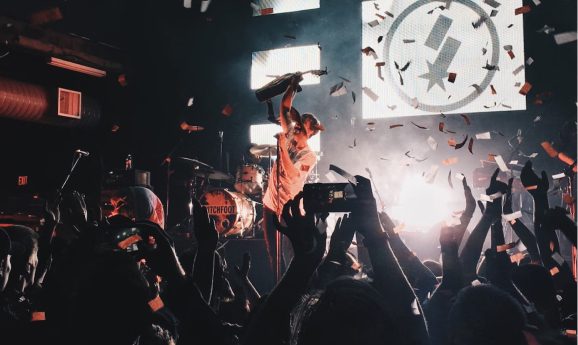Virtual Bands: Technology in Performance
Music has always been a blend of art and innovation, with technology shaping the way it’s created, performed, and experienced. In recent years, the concept of virtual bands has taken center stage, redefining what it means to be a performer in the digital age. From holographic concerts to AI-generated musicians, virtual bands are pushing the boundaries of creativity and challenging our understanding of live performances. In India, where music and technology are both rapidly evolving, virtual bands offer a fascinating glimpse into the future of entertainment.
Virtual bands are not entirely new. The concept gained mainstream attention with Gorillaz, the British virtual band created by Damon Albarn and Jamie Hewlett in 1998. With animated characters as band members, Gorillaz fused music and visual storytelling, paving the way for other virtual acts. However, recent advancements in technology have elevated virtual bands from novelty acts to serious contenders in the global music industry.
One of the most striking examples of virtual performance is Japan’s Hatsune Miku, a virtual idol brought to life through vocal synthesis technology and 3D holograms. With her distinctive turquoise hair and energetic performances, Hatsune Miku has amassed a global fanbase, selling out concerts and collaborating with major artists. Her popularity highlights the appeal of virtual performers, who can transcend human limitations like age, physical presence, and even mortality.
In India, the concept of virtual bands is still emerging, but its potential is immense. With a rich tradition of storytelling and visual art, the fusion of music and animation could resonate deeply with Indian audiences. Imagine a virtual band inspired by classical Indian dance forms, where Bharatanatyam or Kathak movements are choreographed alongside digitally created music. Such performances could bridge the gap between tradition and modernity, creating a new genre of cultural expression.
Virtual bands also offer unprecedented opportunities for collaboration. Technology allows musicians from different parts of the world to create and perform together without ever meeting in person. During the COVID-19 pandemic, virtual performances became a lifeline for artists and audiences alike, with streaming platforms hosting everything from bedroom jam sessions to full-scale digital concerts. For Indian artists, these platforms provided a global stage, enabling them to share their music with audiences far beyond their usual reach.
Holographic technology is another game-changer for virtual bands. In 2012, a hologram of Tupac Shakur performed at Coachella, leaving audiences stunned. Since then, holographic performances have become increasingly sophisticated, with artists like Whitney Houston and Roy Orbison “returning” to the stage through digital reincarnations. In India, the use of holograms could bring iconic musicians like Kishore Kumar or M.S. Subbulakshmi to life, allowing new generations to experience their artistry in a way that feels almost tangible.
AI and machine learning are also playing a pivotal role in the rise of virtual bands. Algorithms can compose music, write lyrics, and even create virtual personas with distinct styles and personalities. In the West, AI-generated artists like FN Meka and Yona are exploring the boundaries of what it means to be a musician. In India, where diverse genres coexist, AI could be used to create virtual bands that blend classical ragas with modern beats, offering a fresh take on traditional music.
The appeal of virtual bands goes beyond their technological novelty. They offer a level of flexibility and creativity that traditional performers cannot match. Virtual musicians don’t get tired, don’t age, and can perform anywhere at any time. This opens up new possibilities for immersive experiences, such as virtual reality (VR) concerts where audiences can interact with performers in real-time. For fans in India, where access to live concerts can be limited by geography or cost, VR performances could democratize the live music experience.
Virtual bands also provide an innovative platform for storytelling. Animated characters can embody narratives and personas that resonate with specific audiences, creating deeper emotional connections. In India, this could take the form of virtual bands inspired by mythology or folklore, where characters like Arjuna or Draupadi are reimagined as musicians. By blending ancient stories with cutting-edge technology, virtual bands could introduce India’s rich cultural heritage to global audiences in a unique and engaging way.
However, the rise of virtual bands is not without challenges. Critics argue that the lack of human presence in virtual performances can feel impersonal, stripping music of its emotional core. Others worry about the ethical implications of using holograms or AI to recreate deceased artists, questioning whether such practices exploit their legacy. Additionally, the high cost of producing virtual performances may limit accessibility for smaller artists and venues.
Despite these concerns, the era of virtual bands represents a paradigm shift in the music industry. For India, a country where music is deeply intertwined with culture and identity, the potential applications are vast. Virtual bands could amplify regional music, bring forgotten instruments back to life, or create entirely new genres that reflect the country’s dynamic and diverse society.
As technology continues to advance, the line between the virtual and the real will blur even further. Virtual bands are not here to replace traditional musicians but to expand the possibilities of what music can be. Whether it’s a holographic performance of a Bollywood classic or an AI-composed fusion of Carnatic and electronic beats, the era of virtual bands is a testament to the limitless creativity that emerges when art and technology collide. For artists and audiences alike, it’s an exciting new chapter in the story of music.
